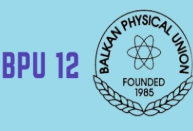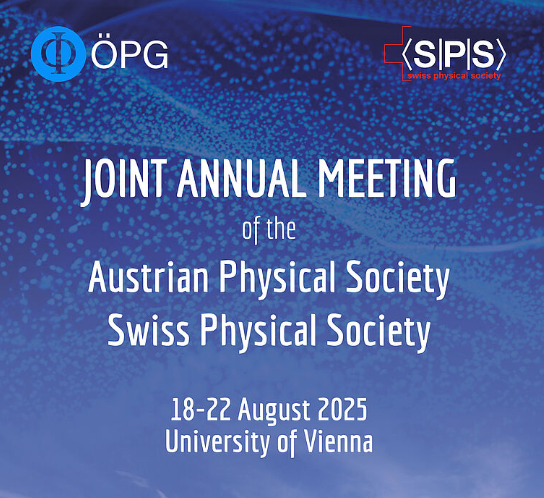https://doi.org/10.1140/epjds/s13688-025-00534-0
Research
Weakly supervised veracity classification with LLM-predicted credibility signals
Department of Computer Science, The University of Sheffield, Regent Court, 211 Portobello Street, S1 4DP, Sheffield, United Kingdom
Received:
4
November
2024
Accepted:
14
February
2025
Published online:
21
February
2025
Credibility signals represent a wide range of heuristics typically used by journalists and fact-checkers to assess the veracity of online content. Automating the extraction of credibility signals presents significant challenges due to the necessity of training high-accuracy, signal-specific extractors, coupled with the lack of sufficiently large annotated datasets. This paper introduces Pastel (Prompted weAk Supervision wiTh crEdibility signaLs), a weakly supervised approach that leverages large language models (LLMs) to extract credibility signals from web content, and subsequently combines them to predict the veracity of content without relying on human supervision. We validate our approach using four article-level misinformation detection datasets, demonstrating that Pastel outperforms zero-shot veracity detection by 38.3% and achieves 86.7% of the performance of the state-of-the-art system trained with human supervision. Moreover, in cross-domain settings where training and testing datasets originate from different domains, Pastel significantly outperforms the state-of-the-art supervised model by 63%. We further study the association between credibility signals and veracity, and perform an ablation study showing the impact of each signal on model performance. Our findings reveal that 12 out of the 19 proposed signals exhibit strong associations with veracity across all datasets, while some signals show domain-specific strengths.
Key words: Veracity classification / Large language models / Weak supervision / Credibility signals
Supplementary Information The online version contains supplementary material available at https://doi.org/10.1140/epjds/s13688-025-00534-0.
© The Author(s) 2025
 Open Access This article is licensed under a Creative Commons Attribution 4.0 International License, which permits use, sharing, adaptation, distribution and reproduction in any medium or format, as long as you give appropriate credit to the original author(s) and the source, provide a link to the Creative Commons licence, and indicate if changes were made. The images or other third party material in this article are included in the article’s Creative Commons licence, unless indicated otherwise in a credit line to the material. If material is not included in the article’s Creative Commons licence and your intended use is not permitted by statutory regulation or exceeds the permitted use, you will need to obtain permission directly from the copyright holder. To view a copy of this licence, visit http://creativecommons.org/licenses/by/4.0/.
Open Access This article is licensed under a Creative Commons Attribution 4.0 International License, which permits use, sharing, adaptation, distribution and reproduction in any medium or format, as long as you give appropriate credit to the original author(s) and the source, provide a link to the Creative Commons licence, and indicate if changes were made. The images or other third party material in this article are included in the article’s Creative Commons licence, unless indicated otherwise in a credit line to the material. If material is not included in the article’s Creative Commons licence and your intended use is not permitted by statutory regulation or exceeds the permitted use, you will need to obtain permission directly from the copyright holder. To view a copy of this licence, visit http://creativecommons.org/licenses/by/4.0/.




